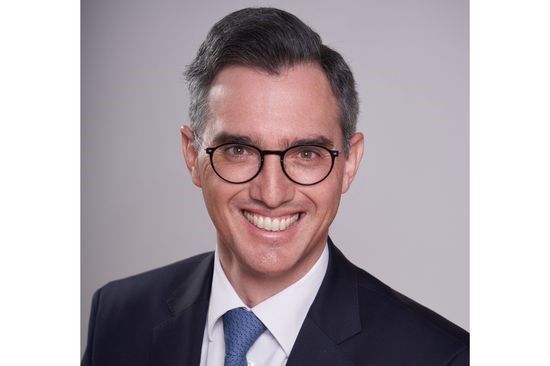题 目:Creep of cementitious materials: insight gained from macroscopic three-minutes uniaxial compression experiments
报告人:Bernhard Pichler 维也纳工业大学
时间:2023年10月18日上午9:30
地点:土木楼404

专家简介
Bernhard Pichler graduated with honors in civil engineering from the TU Wien (Vienna University of Technology) in 1999. In 2003, he received his doctorate with distinction on the topic of “Parameter identification as a basis for predictions in foundation engineering”. From 2006 to 2008, two research stays led him to the École Nationale des Ponts et Chaussées, a Grande École in the ParisTech network, where he worked as a visiting professor of mechanics for one semester. In 2009, he obtained the Venia Docendi at TU Wien in the field of "Strength of Materials and Structural Analysis". In 2010, he was appointed head of the Laboratory for Macroscopic Materials Testing at the Institute for Mechanics of Materials and Structures. One year later, he received a tenure-track position on “Mechanics of Cementitious Materials” and advanced to associate professor. He is a university professor at TU Wien since 2020.
Bernhard Pichler is the director of the research area “Structural Analysis and Experimental Mechanics” at the Institute of Mechanics of Materials and Structures of TU Wien. One of the main goals of this research area is to establish a synthesis between experimental characterization and theoretical modeling in order to further increase the predictive capabilities of multi-scale simulations at both material and structural levels. The research interests are particularly related to cementitious materials and cover the whole spectrum from the early-age development of micro- and nanostructure of innovative binders to long-term durability of reinforced concrete structures. Research activities are aimed at reducing CO2 emissions and extending the service life of key infrastructure.
Bernhard Pichler is very well connected nationally and internationally. He is a member of numerous scientific associations, including the American Society of Civil Engineers (ASCE), the American Concrete Institute, and the Austrian National Committee for Theoretical and Applied Mechanics. 2011-2015 he chaired the Engineering Mechanics Institute (EMI) “Material Properties” committee of ASCE, and 2018-2020 he chaired the EMI “Experimental Analysis & Instrumentation” committee. In 2013-2022, he served as the academic partners' delegate to the Steering Committee of NANOCEM, the industrial-academic nanoscience research network for sustainable cement and concrete, which was transformed in 2020 into Innovandi, the research network of the Global Cement and Concrete Association. He has been treasurer of the Austrian Society for Earthquake Engineering and Structural Dynamics since 2014, a member of the scientific committee of the Danubia Adria Society on Experimental Mechanics since 2016, and treasurer of the International Association for Fracture Mechanics of Concrete and Concrete Structures since 2022. From 2017-2021 he served as President of the Central European Association for Computational Mechanics. Since 2022 he is editor of the leading journal Cement & Concrete Research. In 2017 - 2022 he won two Best Teacher Awards and two Best Lecture Awards at TU Wien.
摘要信息
The elastic stiffness and the creep activity of cement pastes at early ages and the impact of temperature on the stiffness of mature cement pastes is studied. Early-age characterization of ordinary Portland cement pastes with different compositions was carried out at 20 °C. Every specimen was subjected to a series of in total 168 hourly-performed three-minute creep tests. Macroscopic test evaluation in the framework of the linear theory of viscoelasticity, using a power-law creep function, reveals increasing elastic and creep moduli over time, with slightly decreasing or quasi-constant creep exponents. The determined elastic moduli agree well with ultrasonic measurements. A multiscale model is developed. The creep shear modulus and the corresponding power-law exponent of micron-sized hydrate gel needles are identified from several hundred macroscopic three-minute creep tests. The model is capable of predicting the 30 days creep of a 30 years old cement paste. The elastic stiffness and the creep activity of mature cement paste is explored at 20 °C, 30 °C, and 45 °C, again using three-minutes creep tests. The multiscale model is extended towards temperature-dependent stiffness properties. The Arrhenius-type activation energy of the creep modulus is found to be equal to that of water; independent of scale, composition, and maturity due to ineffective stress redistribution from creeping to purely elastic material constituents.
